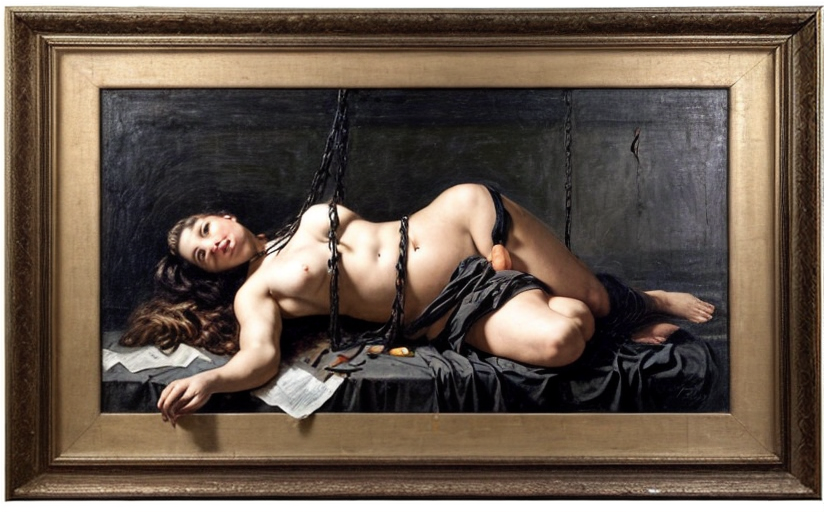Censorship and its Impact on Artistic Freedom: An In-depth Exploration
Art, in its true essence, is the representation of the artist's thoughts, ideas, and creativity. But, often the freedom of artists is tied down by an omnipresent barrier known as censorship. The impact of censorship on the ability of artists to express freely, is a critical issue that needs our attention.
Understanding Censorship
Censorship, in simple terms, is the suppression or prohibition of any parts of books, films, news, etc. that are considered obscene, politically unacceptable, or a threat to security. Although at times, censorship is necessary for maintaining societal harmony, its impact on artists and their artistic freedom cannot be ignored.
Censorship and its Implications on Artistic Freedom
Artistic freedom is the liberty of artists to create works of art according to their own perceptions. It also signifies the right to express, without the fear of censorship or punishment. Censorship, besides infringing on this freedom, also stifles creativity and restricts cultural expression.
Historical and Contemporary Examples of Censorship
Throughout history and even in contemporary society, there are innumerable instances where censorship has impacted artistic expression and freedom. Picasso's Guernica, was covered at the UN before Colin Powell's speech advocating for war in Iraq. In recent times, notable is the pressure exerted on comedians to censor their humor to be politically correct.
Gauging the Pros and Cons of Censorship
On one hand, censorship can protect society from content that may disrupt social order or offend certain groups. However, it severely hampers artistic freedom and creativity. Hence, the balance between the positive and negative aspects of censorship is rather skewed.
The Importance of Artistic Freedom
Artistic freedom allows artists to challenge existing norms and view the world from a different angle. Having the freedom to express oneself without fear of censorship is crucial not only for artists but for society as a whole. It fosters a culture of openness, dialogue, and understanding.
Potential Solutions and Compromises
To minimize the negative impacts of censorship on artistic freedom, an open dialogue between the regulators and artists could be encouraged. Self-regulation by artists is another potential solution. However, it's crucial to ensure that this does not morph into self-censorship.
Conserves artistic freedom whilst paying heed to societal sensitivities, is the balance that needs to be achieved. It's a challenging path, but the confluence of creativity and sensitivity is a compromise worth exploring.


















Comments
Leave a Comment